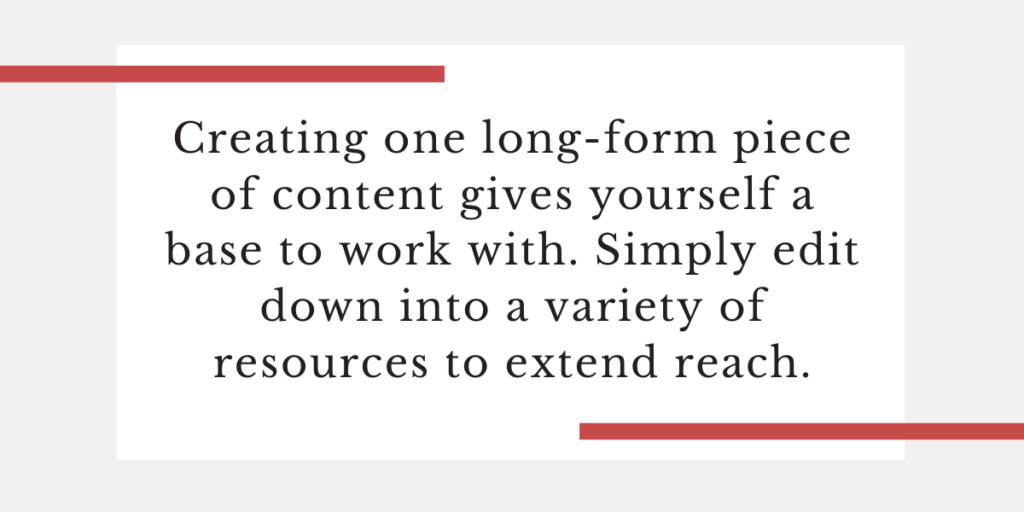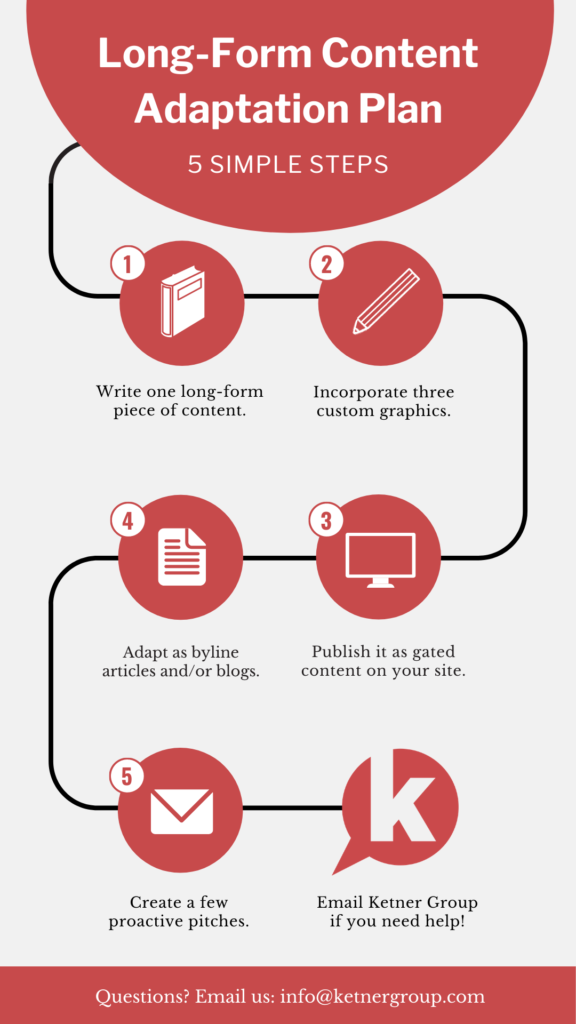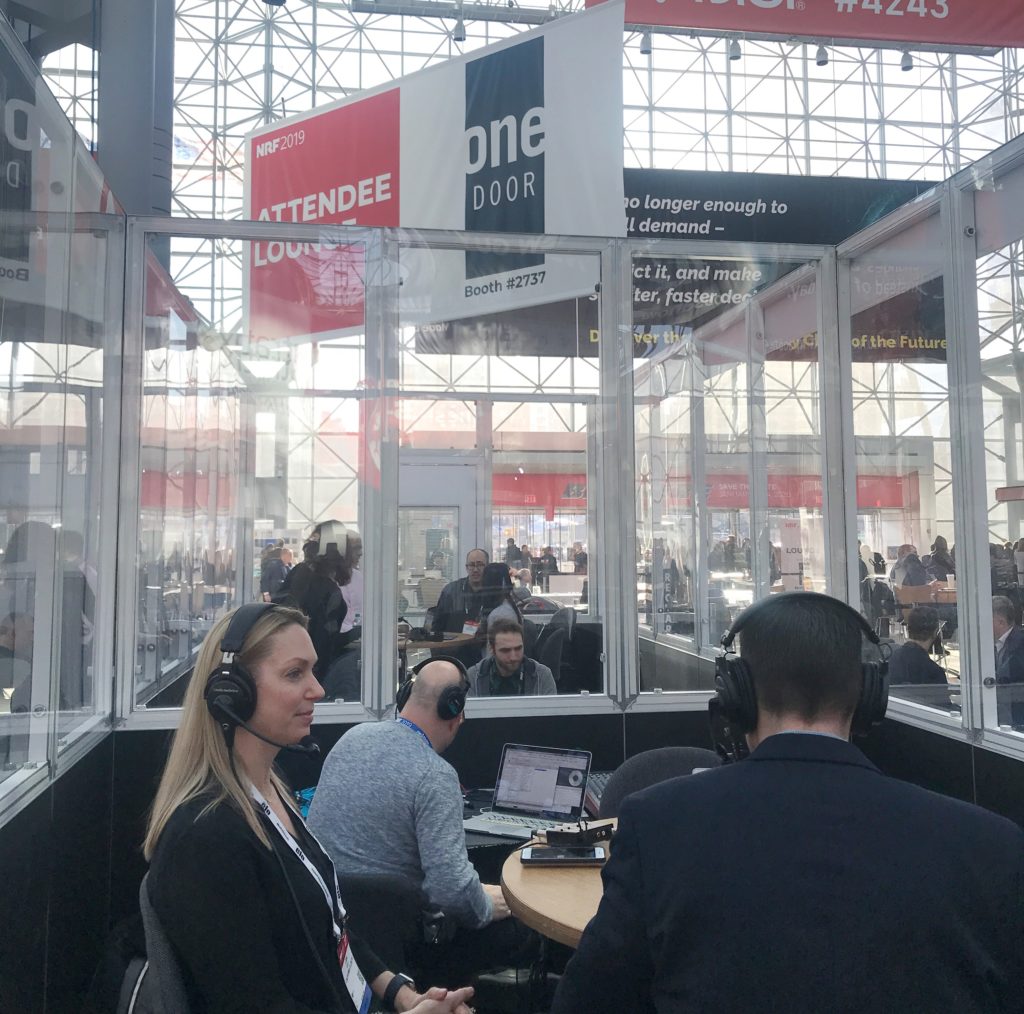Content, like blogs and whitepapers, is a valuable asset for you as a marketer for a B2B retail tech business. It can be used for sales meetings, prospect outreach, discoverability on search or social media, and more. Yet content can often fall to the back burner when other marketing deliverables take priority.
That’s why many B2B companies turn to a communications agency like ours to help them deliver more, stronger pieces of content. Sometimes this collaboration is a company’s introduction to working with us. Other times it’s how a client seeks additional support and expands their partnership with us.
Whether this is your first time working with a communications agency on content or your tenth, a few tips and tricks can help make the most of the partnership before, during, and after the content is created.
Considerations before bringing on an agency for content support
Before you choose to partner with an agency, you must first decide what types of content you need and on what topics. This will require a conversation with leadership as well as your sales team.
Next, you will want to determine your business’ tone and the type of content you wish to present. At Ketner Group, we have worked with B2B retail tech solution providers who prefer a casual tone aimed at a variety of business leaders. Other Ketner Group clients choose to appear more formal, delivering technical blog posts and e-books that intrigue an IT-focused audience.
Some of our clients have even created a tone document to guide our writing to fit their desired branding. This can include details on:
- Keywords to use for SEO,
- Words not to use,
- Preferences on stylistic options like hyphenated solution terms,
- And more.
The more information you can provide an agency about the content you’re looking for and your brand, the more effective the partnership will be.
How to foster true content collaboration with an agency
Once you’ve determined your goals for content and established a relationship with a communications agency, it’s time to get started!
The client relationship contact, usually a member of the marketing team, will want to share all marketing materials including calendars to ensure the content aligns with the business’s ongoing strategy.
Then, the content development begins! The ideation can occur in two ways. You can:
- Share a topic and outline with the content agency.
- Request that the content team bring topic ideas to the table based on existing marketing materials.
For example, some Ketner Group clients provide topics with an outline, keywords to prioritize and sources to cite. For longer-form content like e-books and whitepapers, this approach is preferred.
Other companies choose to let us develop an idea and then we’ll schedule an input call with the appropriate subject matter expert (SME) to answer any questions we have about the topic. This approach works well for blogs and bylines.
Once the topic is identified, your agency will draft the content and work through one or two rounds of reviews. This process ensures that the content is beneficial and accurately represents your company’s brand and point of view.
Make the most of an agency partnership
Even once the content is finalized, the work is just beginning. To leverage the content’s full potential once it’s published, then you should promote it far and wide, including:
- On social media,
- In newsletters,
- In sales teams’ interactions with prospective customers,
- And more.
These promotional options mimic those of other media coverage, such as press releases, byline articles or media mentions.
Finally, it’s important to share feedback with your agency regarding key metrics of the digital content like click-through rates, time spent on the page, most viewed links, and if the content has spurred lead generation. This feedback is critical to the ongoing support of the partnership as both parties learn what is and isn’t resonating with the target audience.
By maximizing the use of the content and sharing detailed feedback, B2B businesses can make the most of their content partnerships with communications agencies.
Are you ready to start a content-focused agency partnership?
Ketner Group has tremendous experience supporting our B2B retail tech partners with a wide variety of content needs from bylines and blogs to whitepapers and e-books.
In fact, we even won a MarCom award for helping Adlucent create an e-book called “Getting the Most out of Amazon Prime Day 2019.”.
If you’re looking to kickstart a content program or take your content to the next level, reach out to Ketner Group today.






















